A day-trip to this venerable neighborhood reveals that its most interesting facets aren’t the most obvious.
- story by Dena Temple, photos by Ellis Anderson
I set out early and headed west from the coast on I-10, sun at my back. It was a beautiful summer morning, early enough for the sun and the mercury to be low. One of the appeals of life on the Mississippi coast is its close proximity to New Orleans. From my home in Waveland to the French Quarter, it’s an easy one-hour drive. Before long I crossed Lake Ponchartrain on the Frank Davis “Naturally N’Awlins” Bridge. It is named after the locally beloved WWL radio and TV personality known for his fishing and cooking stories, and I’m touched by the tribute. Highways and bridges in the North are usually named for politicians, not local celebrities, and I like the difference in attitude. I arrived at 7:30 am and parked at Solaris Parking Garage (721 Iberville St.). Just one block off Canal Street that is one of the French Quarter’s boundaries, the garage is easy to find. Monday through Thursday, if you park before 9am and leave before 7 pm, they offer a very affordable early-bird rate of $8. Even with a full French Quarter itinerary, that allows plenty of time for a cocktail or early dinner before heading home to the coast. (An early bird special is also offered at Canal Place). After parking, I strolled down Iberville toward the Mississippi River turned left on Chartres. My three must-haves for this adventure were bottled water (because it was already 85 degrees at 8 am), a headband (because the humidity is 85 percent), and comfy shoes. The numbers are a little misleading; in the early morning, the buildings provide quite a bit of shade. Not many people were around this early, so I could easily see the buildings and businesses as I walked along: K-Paul, SoBou, the Omni Royal Orleans Hotel. As I passed, I made a mental note to investigate the New Orleans Pharmacy Museum (514 Chartres St., (504) 565-8027); the cool bottles and paraphernalia in the window of this circa-1823 apothecary are quite intriguing. After passing through Jackson Square (more on that later), I met up with Ellis at her Chartres Street walk-up, in a building constructed nearly 200 years ago. Croissant d'OrOur first stop was Croissant D’Or Patisserie (617 Ursulines St.) for a quick breakfast before our walking tour of the French Quarter. The building formerly housed Angelo Brocato’s popular ice cream parlor, which operated in the French Quarter from 1905 until it relocated to 214 N. Carrollton Ave. in 1981. Gleaming white subway-tiled walls from the ice cream parlor still remain, along with Victorian mosaic tile floors and cheery French borders that remind one of wedding cake frosting. The bakery is famous for its baguettes and buttery croissants, and it features a display case full of tempting treats, sandwiches and tarts. We found a particularly inviting table in the front window for coffee and people-watching and split a satisfying quiche, finishing just as our tour guide arrived. Glennis Waterman, a writer from California, volunteers as a tour guide with Friends of the Cabildo, an independent nonprofit that works with the Louisiana State Museum. Tour guides receive over 100 hours of training on the history of the French Quarter as well as training on presentation techniques. Candidates must pass written testing and a one-on-one evaluation in order to become licensed tour guides. In exchange for this free training, guides are asked to commit to two years of volunteer service for FOC and lead tours an average of once or twice per month. Normally, the Cabildo walking tours start at the 1850 House on Jackson Square and last around two hours. Tour guides are encouraged to develop their own routes, so no two tours are exactly alike. Glennis, a licensed guide and a friend of Ellis’s, had agreed to accommodate our breakfast plans and start our tour at Croissant D’Or. She’d be with us all morning, a wonderful indulgence for our French Quarter history day. Glennis met us at the café wearing gold-sequined sneakers and a fedora that complements her short hair. Her smile and enthusiasm were contagious as she gave us a brief orientation of what we’d be seeing. The Walking Tour
It was soon clear that every building has a layered and well-documented history of owners and businesses, each with amusing anecdotes and interesting facts. We passed buildings that were formerly theaters, ballrooms, shops and pubs. Sometimes, there were even stories for places where no buildings at all stand. Like any cityscape, the French Quarter constantly changes, and today’s vacant lots were yesterday’s warehouses – or in some cases, strip clubs. For example, a garden at the corner of Ursuline and Royal was the location of the Gaiety Theater, opened in 1913. The theater went through several incarnations: vaudeville house, Italian-language theater, burlesque house, and finally a porn theater. After a campaign orchestrated by the neighbors, the old Gaiety Theater was torn down in 1972 and today serves as the private garden to an adjoining home. Glennis walked us back toward the river to Chartres Street. It’s actually pronounced “char-ter.” Despite the neighborhood’s name, proper French pronunciations have often been thrown to the wind over the years - like many other conventions in this place.
At the intersection of Chartres and Ursulines Street stands the Old Ursuline Convent. It was built in 1745 to house Ursuline nuns, who worked as nurses. The imposing edifice is the oldest surviving building in the Mississippi River Valley. It’s now operated as a museum. A walk through their beautiful boxwood gardens is free.
Just across the street is the beautiful 1826 Beauregard-Keyes House. Glennis related information about the notable owners it’s named after - Confederate General Pierre Gustave Beauregard and author Frances Parkinson Keyes. But the highlight was a scandalous tale involving another owner, Corrado Giacona, a wholesale liquor merchant. Corrado and his father Pietro were part of the first wave of Sicilian immigrants to take up residence in the French Quarter. The second wave brought poorer Sicilians, as well as the “Black Hand,” a group of Sicilian thugs who extorted money from local business owners with threats of personal harm or destruction of the business. As was the case with many businesses in “Little Palermo,” as the French Quarter was nicknamed at the time, the mob extorted protection money from the Giaconas. One evening, during a heated exchange in the home, three of the mobsters were fatally shot, and a fourth was wounded and fled. He was later found hiding in a nearby henhouse, clutching a chicken to his chest to slow the bleeding. Corrado and his father were arrested for the shootings. At trial, they were found innocent and became heroes of the Sicilian community. In later years, the house fell into disrepair as subsequent owners failed to do much-needed maintenance. Frances Parkinson Keyes, author of such works as “Dinner at Antoine’s” and “All That Glitters,” purchased the house in 1945 and undertook extensive renovations. She also established a nonprofit foundation to maintain the home as a museum after her death, which operates to this day. As our walking tour continued, Glennis spoke a bit about the first settlers in the region, largely French orphans, deported galley slaves, trappers, smugglers, prisoners and other riffraff. With the freedom to establish new identities in a new land, these citizens of questionable repute developed a faux aristocracy, and much of their time was largely spent drinking, dancing and gambling. When Spain gained control of the region in 1763, they attempted to rein in the colonists and did quite a bit to improve their lives - including paving the streets, installing street lights, and enacting better laws governing the emancipation of slaves. Louisiana became home to the largest population of free people of color in the nation. Jackson SquareBefore long we entered the famous Jackson Square, with the beautiful St. Louis Cathedral and the two buildings that flank it, the Cabildo (ca. 1795) and the Presbytère (ca. 1847). The Cabildo once served as City Hall, today it is a museum. The Presbytère, built to match the Cabildo, was originally built as housing for Roman Catholic priests and operates as a museum today. As the sun moved higher in the sky it became harder to find shade, so we slipped quietly into the cool, reverent dimness of St. Louis Cathedral. Beautiful frescoes adorned the ceiling, and the interior was tinted by sunlight through stained glass. Our quiet appreciation extended to the air conditioning here, too, which offered a break from the August heat.
As we left, we spotted the beautiful white marble statue of Pope John Paul II outside the cathedral. Created by Franco Allesandrini to commemorate the Pope’s visit to New Orleans in 1987, the heartwarming statue showing the Pope with two small children was dedicated last year for the city’s Tricentennial celebration. Flanking the sides of Jackson Square are two identical four-story brick buildings known as the Pontalba Buildings, built in the 1840s. Each building was originally divided into 16 row houses and two-story, single-family units, but most have since been converted into smaller apartments.
The Louisiana State Museum owns and operates the 1850 House Museum in the Pontalba, featuring a restored row house as it would have appeared in the mid-19th Century. A self-guided tour leads visitors from the ground floor, where servants prepared the family meals, to the second floor living areas, to the third floor sleeping quarters. While viewing several of the rooms, recordings of “virtual conversations” play to give visitors an idea of what life might have been like for the residents in 1850.
Pirate Alley and Preservation HallOur walking tour continued as we ventured down Pirate Alley, between the cathedral and the Cabildo, where the infamous pirate Jean Lafitte was said to have handled his nefarious business. As we strolled down St. Peter Street toward Bourbon, Glennis discussed the history of Preservation Hall (726 St. Peter Street), headquarters of the Preservation Hall Jazz Band, which started life as an art gallery and was converted to a full-time jazz club in 1961. Café Cour
By then it was nearly noon, and time for lunch. We ducked into the Historic New Orleans Collection’s new complex at 520 Royal Street. The historic house fronting Royal Street is the Seignouret-Brulatour Building. To the rear of the property is a brand-new, ultra-modern gallery space, called the Tricentennial Wing.
The courtyard is a peaceful, serene escape from the bustle of the streets. A small door tucked away on the right was adorned with a small sign, “Café Cour.” The only hint at the pleasure that awaited us beyond the sign was a steady stream of people with bags of take-out. A café within a museum complex was the perfect lunch destination. Café Cour’s menu features baked goods, creative salads, Muffulettu (a spin on the traditional Muffuletta) and bocadillu sandwiches on house-made breads - and mouth-watering daily specials. We each chose a different menu item: Goi Ga, a Vietnamese chicken salad; Del la Cour, a salad of mixed greens with picked beets, pecorino and cayenne pecans; and Tortilla Española, a bocadillo with manchego, tomato and pepper aioli. While we waited we chatted with Voice Monet, who has served as general manager of the eatery since its opening in April. She called the restaurant’s concept “heritage foods” – built on cooking styles and ingredients pulled from many different cultures, but sourced locally to provide the best nutrition, sustainably. All their baked goods are made either in-house or at their parent restaurant, Carmo. After our satisfying meal, we said our goodbyes to Glennis, who had been a wonderful, animated guide for our morning adventure. The Tricentennial WingOur hunger sated and our feet rested, it was time to explore the complex. We started in the new building, called the Tricentennial Wing, completed and opened just months ago. The museum is offering an exhibition through October 6 in this building titled, “Art of the City: Postmodern to Post-Katrina.” This wide-ranging and moving exhibition, guest curated by Jan Gilbert, looks at contemporary postmodern art (1984-present) by both local and visiting artists - as well as talented newcomers. While Katrina is a subject that finds its imprint on some of the works, there is a broader sense of the hope and even whimsy of New Orleans captured as well.
Some pieces are thought-provoking, some sad, some silly and some joyful – the exhibit is a true melting pot of messages, just like the city itself. We were delighted to see the inclusion of a piece (“Red Screen,” a three-panel screen of cranberry glass and metal) by New Orleans - and now Waveland - artist Mitchell Gaudet. Gaudet and his wife, sculptor Erica Larkin Gaudet, opened Studio Waveland on the coast in 2018, infusing the Bay-Waveland area with fresh vibrancy.
The Seignouret-Brulatour Building
THNOC offers several guided tours throughout the day (register for them here). We were met by Kurt Owens as we left the exhibition. He’s been a museum interpreter for The Historic New Orleans Collection since 2013. Our first stop was just across the courtyard, the Seignouret-Brulatour Building, built by François Seignouret in 1816. Today it serves as a home for the museum’s permanent collection upstairs. On the street level, a welcome center and tempting gift shop flank the central arched entryway. Kurt pointed out a number of interesting architectural features in the building, including a solid cypress staircase and a 700-pipe, 65,000-piece organ installed by previous owner Pierre Brulatour, a wine importer. The building had also been used as an art school and as studio space for WDSU-TV from 1950 to 1997. Merieult House and the Williams Residence
We were also joined by museum interpreter Malinda Blevins, whose enthusiasm matched Kurt’s in sharing the story of these marvelous buildings. We made our way across Royal Street to a warren of buildings that made up the original Historic New Orleans Collection campus. Merieult House, the main front building, was built in 1792 by Jean Francois Merieult, a merchant and trader. The Spanish colonial house was remodeled in the 1830s by the Lizardi Brothers, Cuban merchants and bankers, and it looks much the same today as it did in 1830. Bordering the main courtyard, the Counting House is so named for the banking activities of the Lizardi Brothers. A grand Greek Revival room features opulent furnishings and oil paintings of many of the home’s previous residents.
Next we visited one of the main attractions of the Historic New Orleans Collection, the Williams Residence. The house is named for Kemper and Leila Williams, who owned the home from 1945 to 1964. The two-story Italianate brick townhouse, originally built in 1889, was lovingly restored by the Williamses. After the death of Kemper Williams in 1971, the house was willed to the Historic New Orleans Collection, which they founded.
The museum shows the home with their 1950s decor just as it was when they lived there. Mrs. Williams meticulously decorated the home based on Edith Wharton’s book, “The Decoration of Houses.” The rooms are monochromatic, as per the book’s direction, and no two lamps are alike.
Mrs. Williams also had a love of stacking tables (there is a set in every room), and a love of china, of which she owned many sets (several are on display in the house, the rest are in storage). Malinda related an anecdote about the couple’s Dachshunds; the pair, which slept in the stall shower in the master bath, were punished when they misbehaved by being locked in the elevator! At the end of the tour, we say our goodbyes to Kurt and Malinda. We so enjoyed our time with them – their knowledge enriched our tour of the properties of The Historic New Orleans Collection, making it a memorable afternoon. Napoleon House
The Napoleon House was the perfect place to end a day of French Quarter history. We walked through the doors into another era. The grand bar, the chipped plaster walls, tile floors and classical music embraced us as we entered.
According to the restaurant’s website, “The building's first occupant, Nicholas Girod, was mayor of New Orleans from 1812 to 1815. He offered his residence to Napoleon in 1821 as a refuge during his exile. Napoleon never made it, but the name stuck, and since then, the Napoleon House has become one of the most famous bars in America, a haunt for artists and writers throughout most of the 20th century.” The Impastato family, who ran the Napoleon House for almost a century, sold it to restaurateur Ralph Brennan in 2015. Brennan became an instant city hero when he announced he wasn’t making changes. The restaurant is well known for its Italian Muffuletta, and equally famous for the Pimm's Cup, a gin-based cocktail invented here in the 1940s and still very popular today. Containing lemonade, 7-Up and a cucumber garnish, it sounded too refreshing to pass up. I can attest that it was the perfect cocktail after a day of traveling back in time.
Rather than stay for dinner, I opted to head back to the coast before the rush-hour traffic caught up with me. I walked the few blocks back to the Solaris parking garage, waved farewell to the French Quarter, and headed east. As a relatively new resident of the South, spending a day learning about the evolution of the oldest neighborhood in New Orleans was one of the most interesting days I’ve had since relocating to the Gulf Coast. I promised myself that this would be the first of many day-trips exploring this fascinating city, where the most interesting attractions aren’t necessarily the most obvious.
Solaris Parking Garage
721 Iberville St. (504) 301-3816) Croissant D’Or Patisserie 617 Ursulines Ave. (504) 524-4663 Hours: Wednesday - Monday 6 am - 3 pm, closed Tuesdays Friends of the Cabildo Walking Tours Meeting Place: 1850 House, 523 St. Ann Street (504) 523-3939 Hours: Tours start 10:30 am and 1:30 pm, 7 days; reservations available Cost: $22 adults, $17 students / seniors / active military Old Ursuline Convent Museum, 1100 Chartres Street (504) 529-3040 Admission: $8.00 Adults, $7.00 Seniors, $6.00 Students/Military Hours: Monday - Friday 10am-4pm, Saturday 9am-3pm; the last admission at 2:15pm. Open for self-guided tours Beauregard-Keyes House, 1113 Chartres St. (504) 523-7257 Hours: 10 am – 3 pm Mon-Sat, closed Sunday Tours on the hour; 11 am and 1 pm tours in French Admission $10 adults, $9 students/seniors 1850 House / Louisiana State Museum, 523 St. Ann St. (504) 524-9118 Hours: Tues – Sun 10 am – 4:30 pm, closed Mondays Self-guided tour Admission $5 adults, $4 students/seniors/active military Café Cour, 520 Royal St. (504) 356-8905 Hours: Tues - Sat 9:30 am - 4:30 pm; Sun 10:30 am - 4:30 pm The Historic New Orleans Collection: Art of the City, Postmodern to Post-Katrina April 6, 2019 to October 6, 2019 Tricentennial Wing, 520 Royal Street Tuesday - Saturday 9:30 am – 4:30 pm; Sunday 10:30 am - 4:30 pm Admission: Free The Historic New Orleans Collection: Royal Street Campus, 520 Royal Street (504) 523-4662 Hours: Tuesday - Saturday 9:30 am - 4:30 pm, Sunday 10:30 am - 4:30 pm Admission: Free Tours:
Napoleon House 500 Chartres St. (504) 524-9752 Hours: Sunday - Thursday 11 am - 10 pm Friday -Saturday 11 am – 11 pm We invite you to check out The Shoofly Magazine's new sister publication, French Quarter Journal! You can also subscribe to the FQJ weekly newsletter with our latest stories. Comments are closed.
|
Categories
All
Archives
July 2024
|
Shoofly Magazine Partners
Our Shoofly Partners are local businesses and organizations who share our mission to enrich community life in Bay St. Louis, Waveland, Diamondhead and Pass Christian. These are limited in number to maximize visibility. Email us now to become a Shoofly Partner!





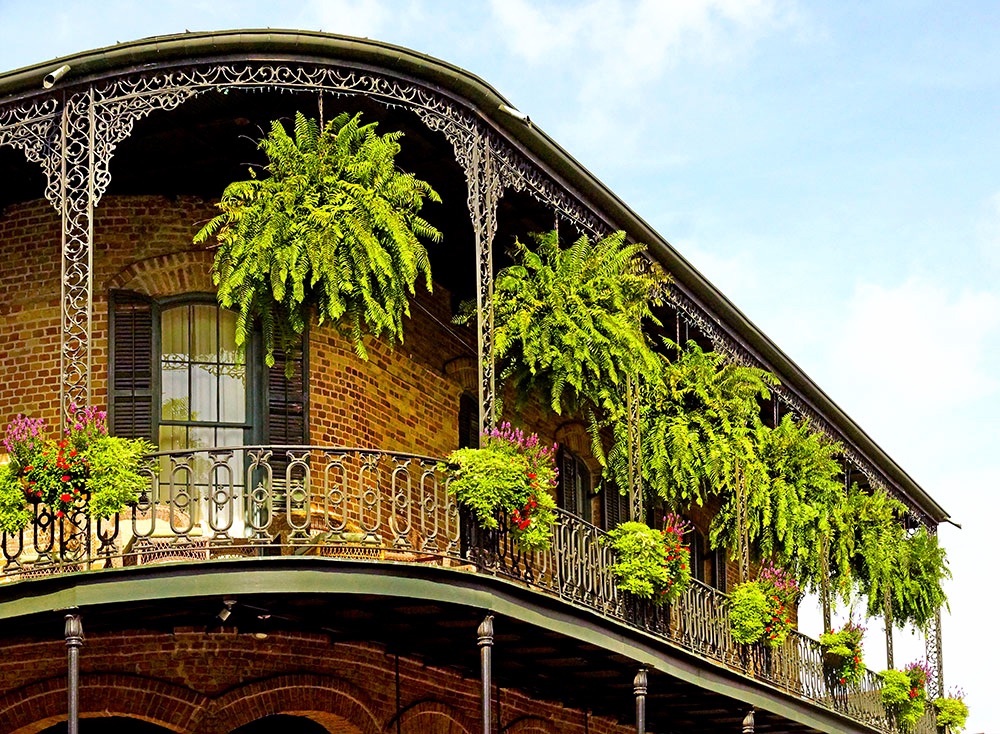






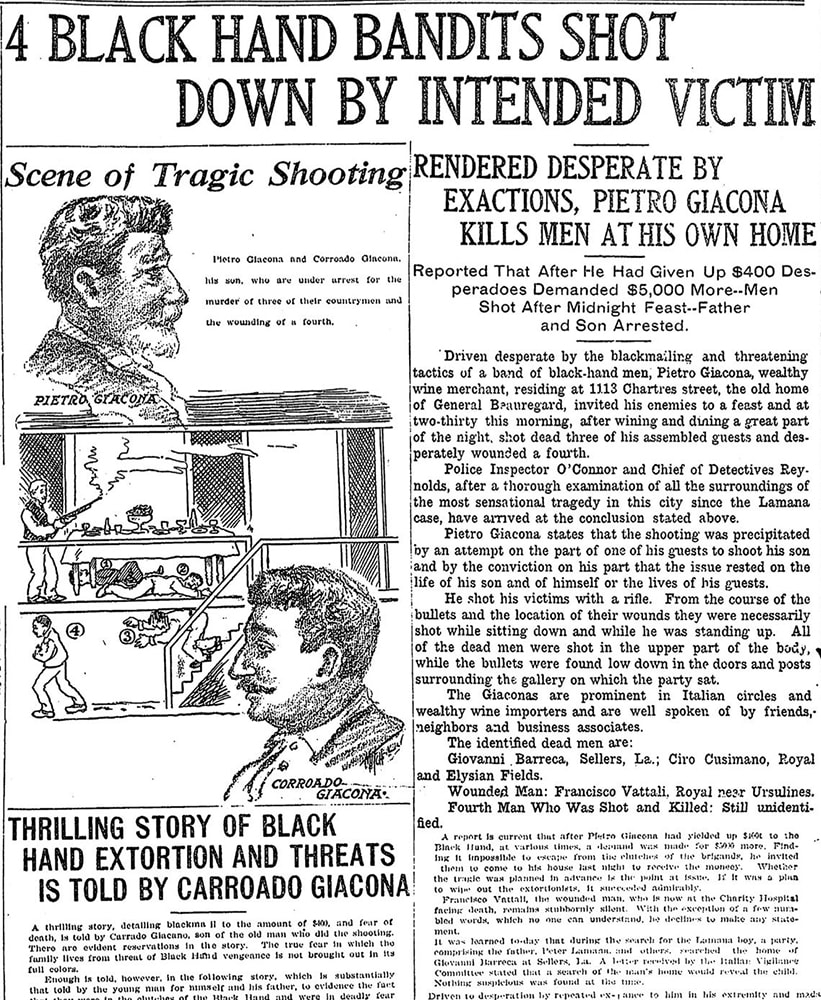



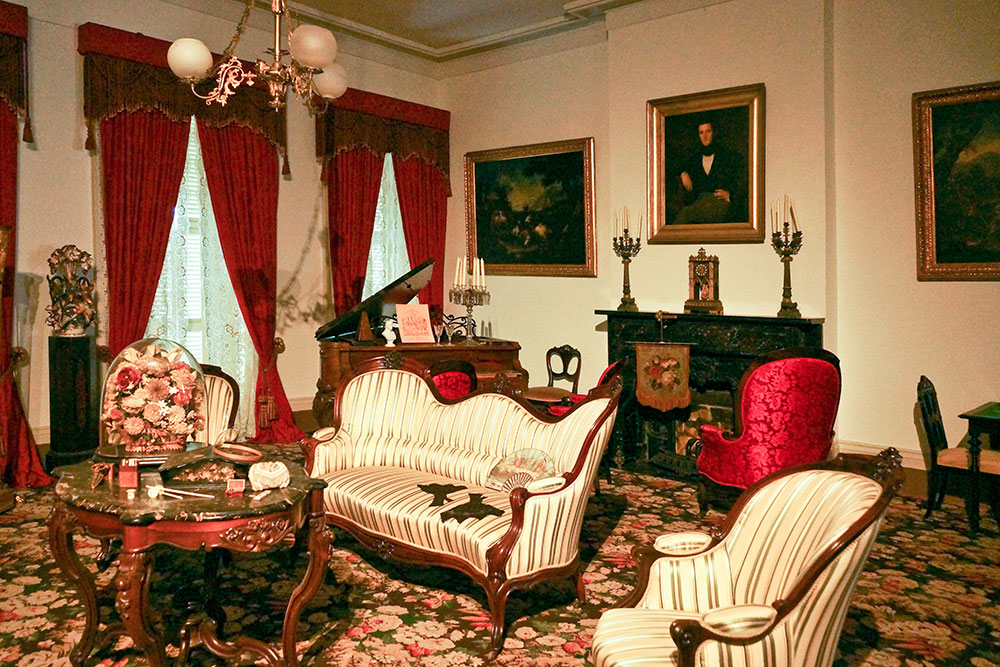

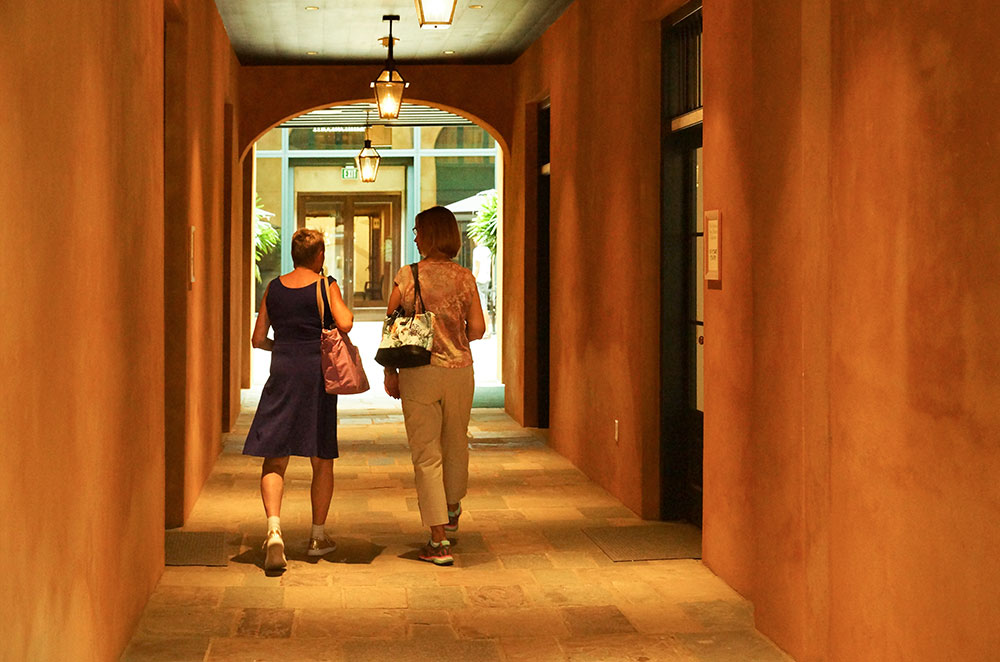


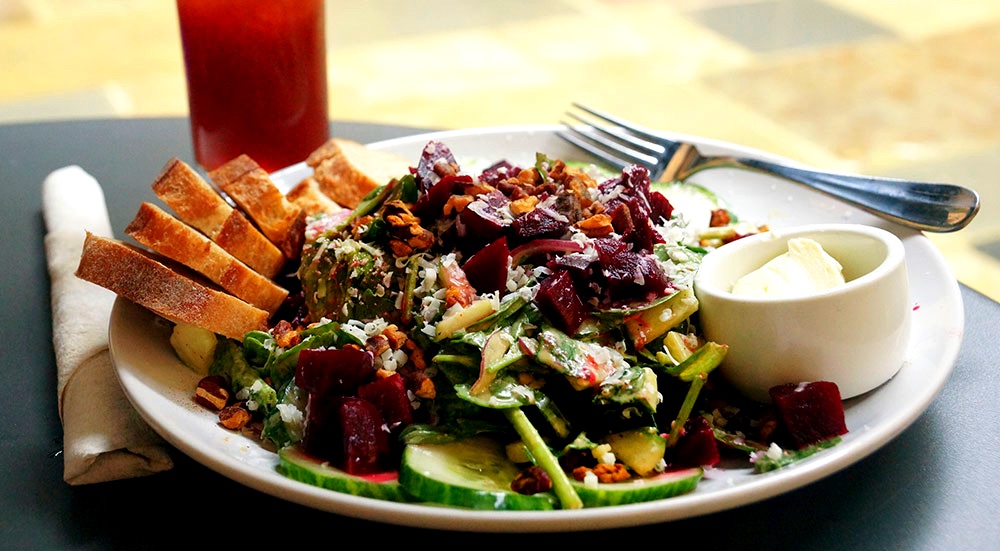




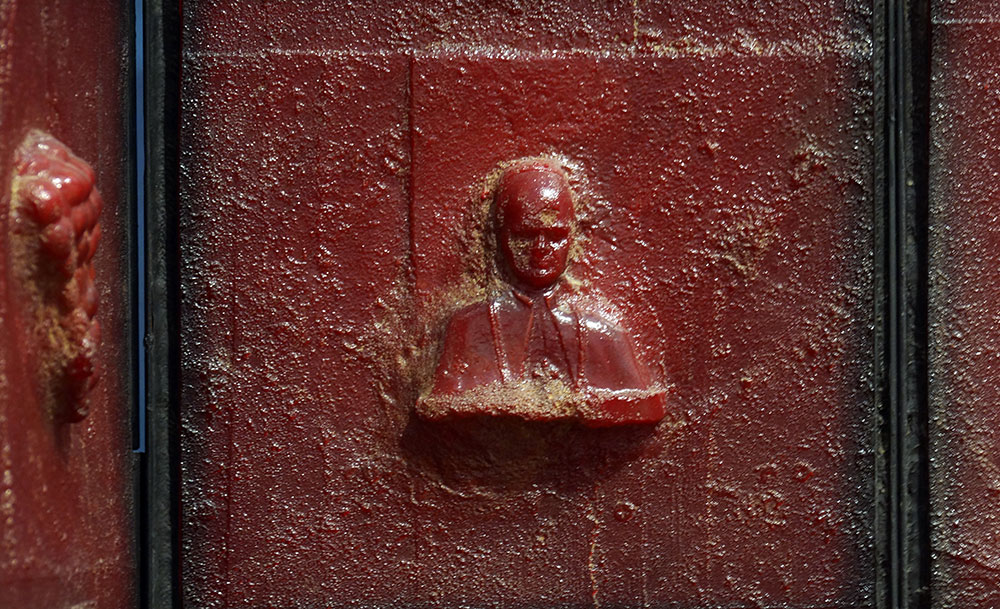






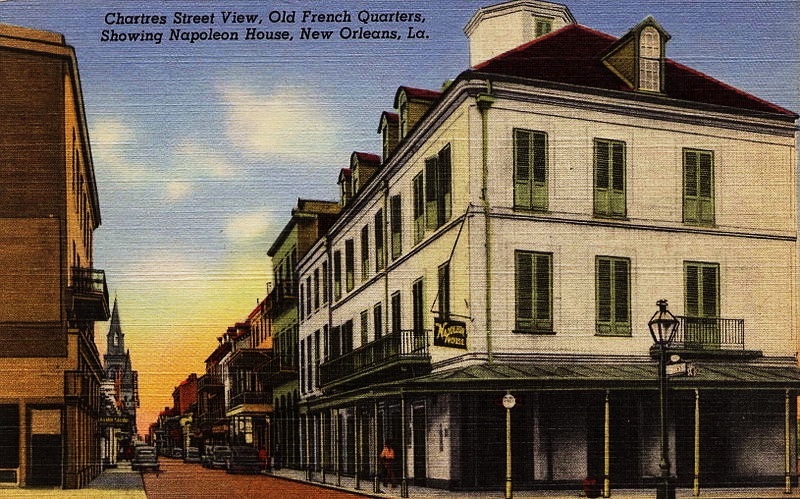


























 RSS Feed
RSS Feed























